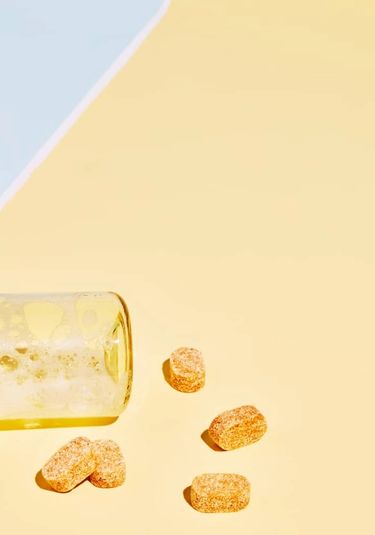Life Cycle of Plastics In Your Home
January 14, 2021
1/14/2021
Written by: Natalie Henderson, Marketing Associate @blueland
Plastic these days is EVERYWHERE. We find plastic items in every room in our homes, offices, restaurants and most other places we regularly visit. Just recycle it and it’s fine right? Unfortunately, plastic has a way of sticking around. Of the plastic thrown away every year, only 9% in the U.S (https://www.google.com/search?q=amount+of+plastic+recyled&rlz=1C1CHBF_enUS875US875&oq=amount+of+plastic+recyled&aqs=chrome..69i57j0i13i457j0i13l2j0i8i13i30.3214j1j4&sourceid=chrome&ie=UTF-8). gets recycled! The rest goes to landfills or ends up in our oceans. This plastic doesn’t just go away, it stays on our planet, sometimes for hundreds of years! We’ll give you some insight into the lifecycle of household plastics and check out some of our favorite swaps to help you keep plastic waste at bay!
The Tupperware Revolution
In the 1940’s Tupperware was invented and in some ways this was the first major source of plastic in our homes. In the 1950’s, Tupperware parties (https://www.history.com/news/tupperware-parties-brownie-wise) were all the rage. Suburban women held parties where Tupperware salesmen would bring Tupperware directly to their homes and they could purchase all of the plastic containers they could ever need! Thus, the Tupperware obsession was born! These social events helped women connect, and also started to normalize plastics in the home.
The Rise Of Single-Use Plastics
But we’ve come a long way since the days of Tupperware. Starting in the 1970’s plastic use exploded. Items that were traditionally made of ceramics, glass and metals started to be replaced with plastic, which by this time was much cheaper to produce. Since the 1950’s and the days of Tupperware 8.3 billion tons of plastic (https://www.nrdc.org/stories/single-use-plastics-101) have been produced — most of that in the last 15 years.
So, what’s the big deal with single-use plastics? They stick around. Plastic was designed to last and to be reused. But when we throw plastic away, its durability doesn’t change. We produce about 300 million tons of plastic every year, and it stays on the planet!
The Lifecycle Of Plastics In Your Home
So, how long does it take for our favorite plastic items (https://www.wwf.org.au/news/blogs/the-lifecycle-of-plastics#gs.qlp3rq) to finally break down?
- Plastic Grocery Bag: 20 Years
- Coffee Cups: 30 Years
- Straws: 200 years
- Soda Cans Rings: 400 Years
- Coffee Pods: 500 years
- Toothbrush: 500 Years
- Diapers: 500 Years
- Makeup Wipes (https://www.allure.com/story/reusable-makeup-wipes): 100 Years
But not to worry! You can help keep these plastics off the planet! Check out these household swaps for your kitchen (https://blog.blueland.com/plastic-free-kitchen-series-plastic-free-pantry/), bathroom (https://blog.blueland.com/tips-and-swaps-for-a-low-waste-bathroom/)and office (https://blog.blueland.com/how-to-keep-your-workspace-low-waste/)and reduce your waste!
Keep Reading
View AllRefill is the New Recycle
The perfect way to start cutting out single use plastic from your home.
